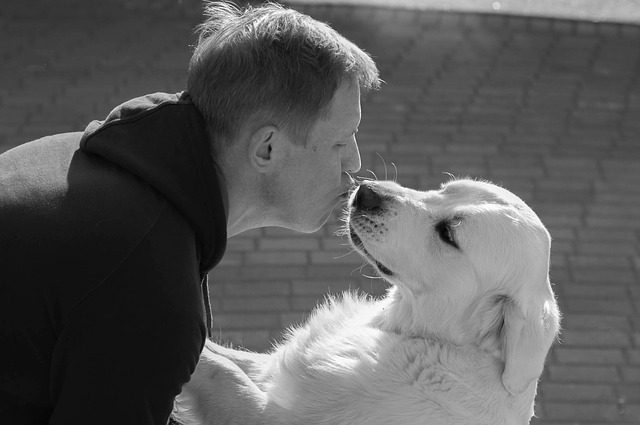It’s no secret that bonded dogs and humans understand each other in ways that others can’t. You know your dog’s mannerisms better than anyone, and your pup can probably pick up on your emotions faster than the humans in your life. But have you ever wondered how much your companion really understands when you’re talking to her?
If you’re a pet parent who’s head-over-heels in love with your pooch, you probably engage in full-on conversations with her. Oftentimes, her reactions seem to indicate that she’s absorbing every word. But how much of the chatter is she really comprehending?

Dr. John Bradshaw, Anthrozoologist and author of The Animals Among Us, answered this question in a video for Business Insider. In the clip, he explained his profession as being, “basically a biologist who studies interactions between humans and animals.”
“Dogs are very responsive to the way that we talk to them and it tricks many owners into thinking they literally understand every word,” Bradshaw said in the video. “The science suggests that dogs don’t really understand the words, they understand sounds, and so you can train them to do all sorts of things based on things you say.”

He added, “But what they don’t really seem to understand is syntax, sentences, grammar, the way that we put words together in different orders to mean different things. To dogs, it’s just a string of sounds.”
So, dogs can recognize individual word cues, like “sit,” “walk,” “treat,” etc. (And some people find that their dogs do better with hand signals.) But when it comes to “responding” to your sentences, it appears that they’re really reacting to your tone, and even your body language and facial expressions – and oftentimes, this is enough to get the message across, anyway!

“We don’t believe that these animals are actually understanding every word. What they are doing, and particularly what dogs are very good at, is responding to emotion through the tone of voice that we’re using… they learn to respond in very specific ways to their owners so the owners really can believe – and it’s almost true – that the dog is responding to every word they say.”

At the end of the day, no matter how many actual words your dog understands, the thing that matters the most is that they know they’re loved… no talking necessary!
(h/t: Business Insider)
